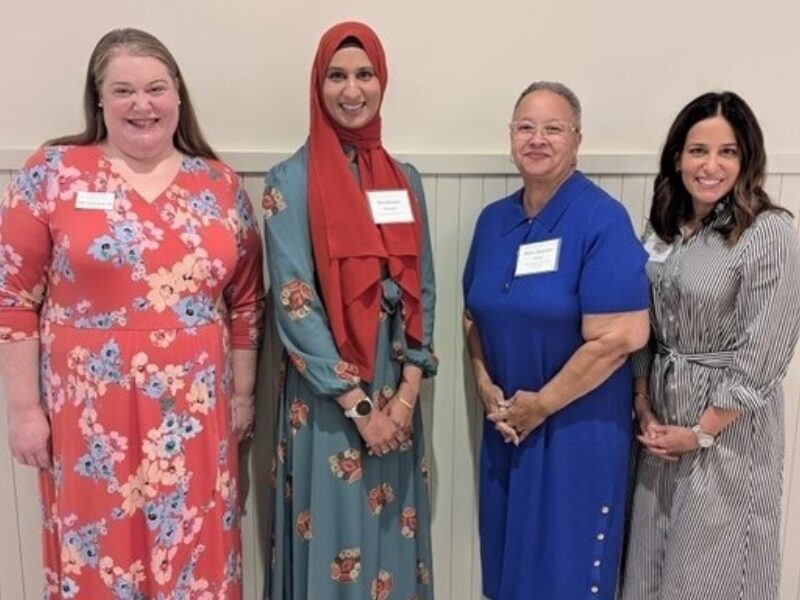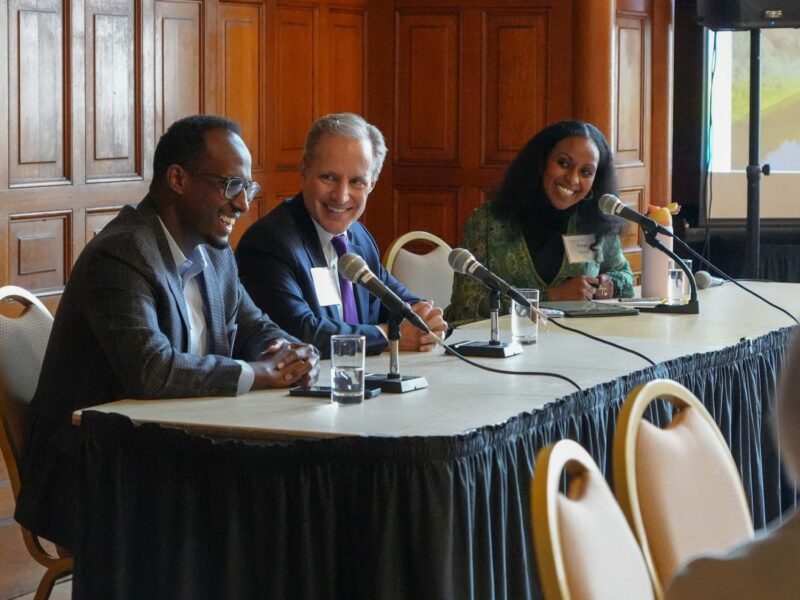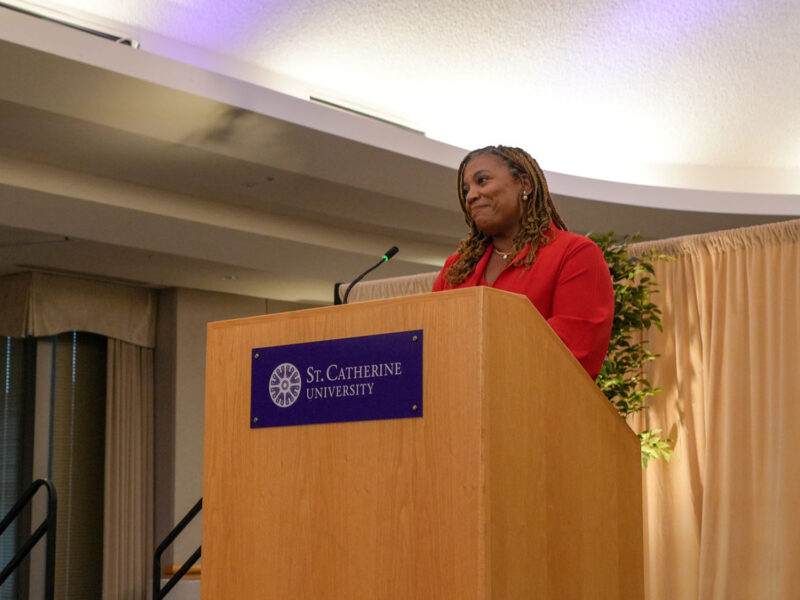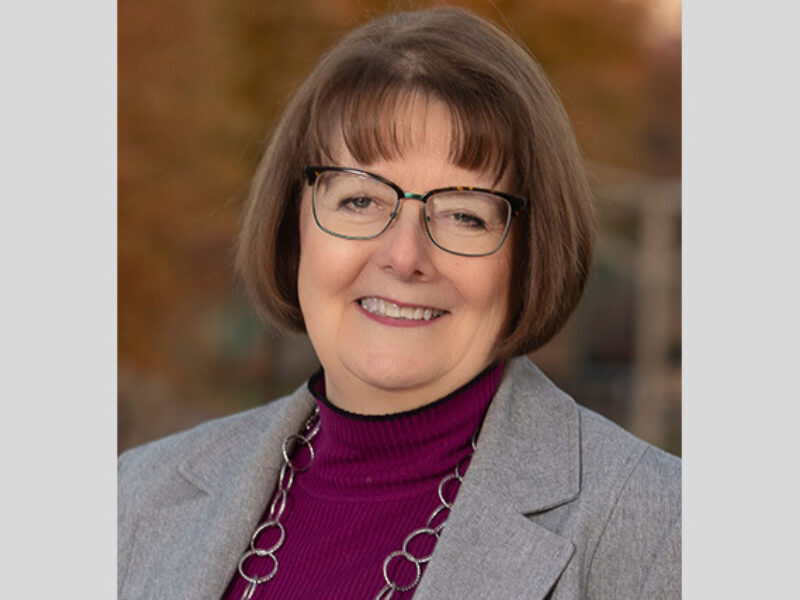Our response to the proposed Accelerating Charitable Giving (ACE) Act
The Foundation favors sensible change that promotes the growth of philanthropy in support of a thriving nonprofit sector. The recently proposed Accelerating Charitable Giving (ACE) Act introduced in the Senate falls short of this goal.
We are working with our advocacy partners and community foundations across the country to ensure that any reform is created through a thoughtful, collaborative approach that takes into perspective the voice and role of community foundations and our various stakeholders.
We were not at the table for the creation of this bill, and from our perspective, it does more potential harm than good to giving in our communities. It includes several problematic provisions, including challenging the ability of community foundations to accept non-cash gifts, reducing a donor’s ability to engage in multi-generational, family legacy giving through a community foundation, and making more difficult the ease of giving that draws many new donors into philanthropy through donor advised funds (DAFs).
Below are a few FAQs to explain the ACE Act and our concerns.
What is the Accelerating Charitable Giving (ACE) Act?
The ACE Act, sponsored by Sen. Angus King (I-ME) and Sen. Chuck Grassley (R-IA), would modify existing rules relating to donor advised funds (DAFs), make changes to certain rules for private foundations, and exempt certain private foundations from the excise tax on investment income.
Does the Saint Paul & Minnesota Foundation have a position on this proposed legislation?
Yes. The Foundation, as well as many of our advocacy partners, are in opposition to this legislation (as it is currently drafted) for a variety of reasons. This proposed legislation includes several problematic provisions, including challenging the ability of community foundations to accept non-cash gifts, reducing a donor’s ability to engage in multi-generational, family legacy giving through community foundations, and making more difficult the ease of giving that draws many new donors into philanthropy through donor advised funds (DAFs), to name a few.
In addition, this proposed legislation was developed without first seeking any input from community foundations as to how donors and families are actually using DAFs to accomplish their charitable giving.
How would the ACE Act change donor advised funds?
The bill would place additional restrictions on charitable contribution deductions when a taxpayer makes a gift to what the legislation calls “nonqualified” DAFs, meaning that they aren’t treated as favorably from a tax deductibility standpoint. These “nonqualified” DAFs would be subject to additional restrictions about how and when individuals would be able to claim charitable tax deductions for contributions to DAFs. It would also change the duration DAFs may be in existence (a maximum of 50 years), effectively eliminating the ability for families to engage in multi-generational giving strategies.
The bill also creates a definition of a “qualified DAF,” generally as a DAF with a written agreement in place that requires the donor’s advisory privilege (or ability to recommend grants from the fund) to terminate within the 14 years following the year of the contribution. These DAFs would be treated the most favorably from a tax deductibility standpoint. The proposed legislation doesn’t create space for endowed DAFs or DAFs lasting longer than 50 years, such as multi-generational DAFs.
There are also new definitions being proposed regarding a Qualified Community Foundation Donor Advised Fund and a Qualified Community Foundation, and there are proposed changes as to how non-cash assets would be treated when being given to a DAF. No tax deduction would be allowed for the contribution of a non-publicly traded asset to a "qualified DAF" or a "qualified community foundation DAF" until the sponsoring organization sells the asset.
Isn’t there a specific carve-out for community foundations?
Yes, there is a community foundation carve-out in the proposed legislation, meaning that some community foundations wouldn’t be impacted in the same way by parts of the bill, but this also creates several challenges.
First, a number of small and rural community foundations do not meet the minimum threshold laid out for the carve-out, because they do not have more than 25% of assets held in non-donor advised funds. The bill as written would also exclude many fast-growing or younger community foundations from benefiting from the carve-out. These organizations may primarily work with living families and have not yet had the opportunity to receive many legacy or testamentary gifts.
What are the proposed changes in the ACE Act for private foundations?
Since we have a number of private foundations that are strong charitable partners of the Foundation, we are also cognizant of how these potential changes would impact them and their work with us.
The bill prohibits a distribution made from a private foundation to a DAF from being treated as part of the foundation's required 5 percent annual payout (unless the DAF makes a qualifying distribution in the same year). Certain new and additional reporting requirements would also be required for private foundations that contribute to a DAF.
What else should I know about the ACE Act?
The Foundation will stand behind smart and thoughtful reforms that bring more money to nonprofits and strengthen our communities. We are working with our advocacy partners and community foundations across the country to ensure that any reform is created through a thoughtful, collaborative approach that considers the voice and role of community foundations and our stakeholders.
If you have further questions about the ACE Act, please contact your philanthropic advisor.









